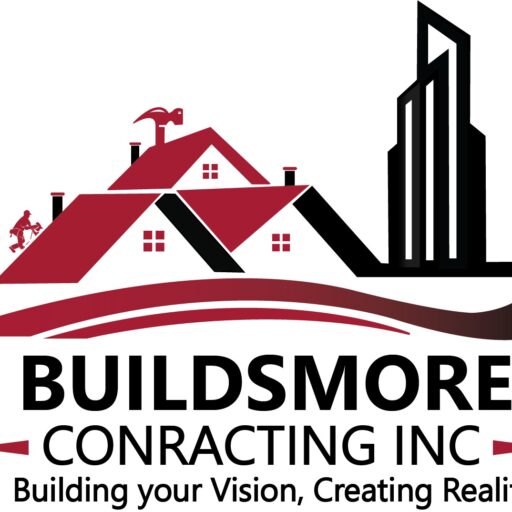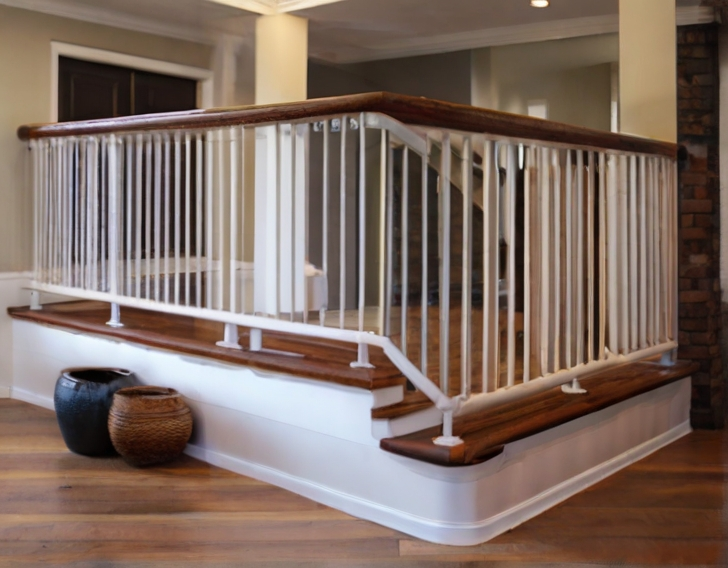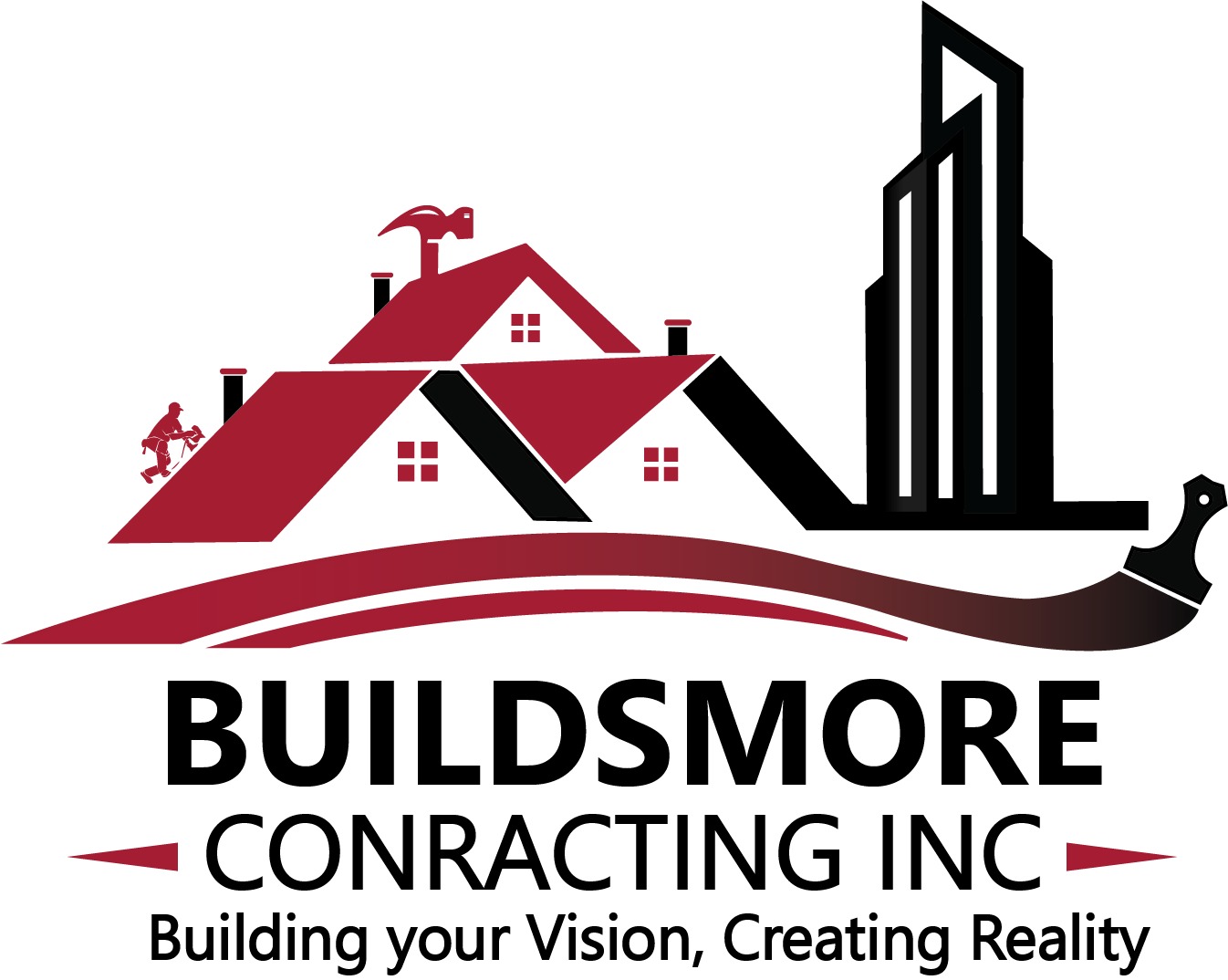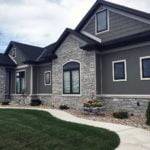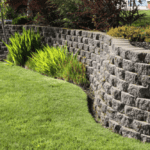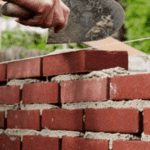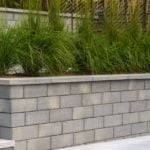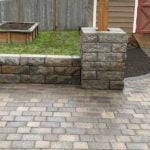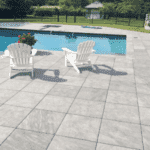Railings serve as both functional and aesthetic elements in any construction or remodeling project. Whether you’re enhancing the safety of a staircase or adding a touch of elegance to a balcony, choosing the right railings and installing them correctly is crucial. In this comprehensive guide, we’ll delve into everything you need to know about Railings Installation in the construction and remodeling industry.
Cost Considerations:
One of the first questions that often arises when considering railings installation is the cost. The cost per foot can vary depending on factors such as material, design, and complexity of installation. On average, railings can cost anywhere from $50 to $200 per linear foot. Factors such as ornate designs or premium materials like stainless steel may increase the cost.
Standard Sizes:
Railings come in various standard sizes to accommodate different applications. The standard height for most railings is around 36 inches, but this can vary depending on building codes and safety regulations in your area. Additionally, the width of railings can vary depending on the intended use and aesthetic preferences.
Maintenance Requirements:
Metal railings are known for their durability and low maintenance requirements. However, to ensure their longevity, regular cleaning and inspections are necessary. Metal railings should be cleaned with a mild detergent and water to remove dirt and grime. Additionally, metal railings may require periodic repainting or refinishing to prevent corrosion.
Glass Railings:
Glass railings offer a sleek and modern look that is suitable for both indoor and outdoor applications. These transparent barriers provide unobstructed views while still offering safety and security. Glass railings are highly versatile and can be customized to fit any space. However, proper installation is essential to ensure stability and safety.
Wooden Railings Lifespan and Maintenance:
Wooden railings enhance the warmth and character of any space but demand more upkeep compared to metal or glass railings. The longevity of wooden railings hinges on the type of wood and climate conditions. Regular sealing or staining is crucial to extend their lifespan and protect against moisture and rot. Inspecting wooden railings for signs of damage or wear is also essential for safety, especially when considering Remodeling Services.
Design Trends:
In the realm of modern railings installation, several design trends are gaining popularity. Sleek and minimalist designs with clean lines are favored for contemporary spaces. Additionally, mixing materials such as metal and wood or incorporating unique geometric patterns can add visual interest to railings. Glass railings with stainless steel accents are also a popular choice for a modern and luxurious look.
Understanding Cost Factors:
When planning a railings installation project, it’s essential to consider the cost factors involved. The cost per foot of railings can vary significantly based on several factors, including the material chosen, design complexity, and labor expenses. Materials such as wrought iron, stainless steel, aluminum, and wood each come with their own price points and maintenance requirements. Additionally, custom designs or intricate patterns may increase the overall cost of the project.
Standard Sizes and Regulations:
Railings must comply with building codes and safety regulations to ensure the well-being of occupants. The standard height for railings typically ranges from 36 to 42 inches, depending on the application and local building codes. Additionally, railings must meet specific requirements for spacing between balusters or pickets to prevent accidents and ensure compliance with safety standards.
Indoor and Outdoor Applications of Glass Railings:
Glass railings offer a modern and sophisticated aesthetic that complements a variety of architectural styles. These transparent barriers provide unobstructed views and allow natural light to flow freely, making them an excellent choice for both indoor and outdoor applications. Whether used for staircases, balconies, or decks, glass railings can enhance the visual appeal of any space while providing safety and security.
Maximizing the Lifespan of Wooden Railings:
Wooden railings add warmth and charm to any environment but require proper care to maintain their appearance and structural integrity. Regular inspections for signs of rot, insect damage, or wear and tear are essential for identifying and addressing maintenance issues promptly. Applying a high-quality sealant or stain can help protect wooden railings from moisture damage and prolong their lifespan. When seeking a Construction Company in New Jersey, ensure they prioritize quality materials and maintenance for lasting results.
Innovative Design Trends:
Innovative design trends are reshaping the landscape of railings installation, offering homeowners and builders a wide range of creative options to explore. From sleek and minimalist designs to bold and artistic statements, there’s no shortage of possibilities when it comes to railings aesthetics. Mixing materials, experimenting with textures, and incorporating custom features are just a few ways to infuse personality and style into railings installations.
Conclusion:
Railings installation is a critical aspect of any construction or remodeling project, requiring careful planning, attention to detail, and expert craftsmanship. By understanding the cost factors, standard regulations, maintenance requirements, and design trends associated with railings installation, you can make informed decisions that enhance the functionality and beauty of your space. Whether you prefer the timeless elegance of wrought iron, the modern appeal of glass, or the natural warmth of wood, investing in quality railings installation is an investment in the long-term value and enjoyment of your property.
